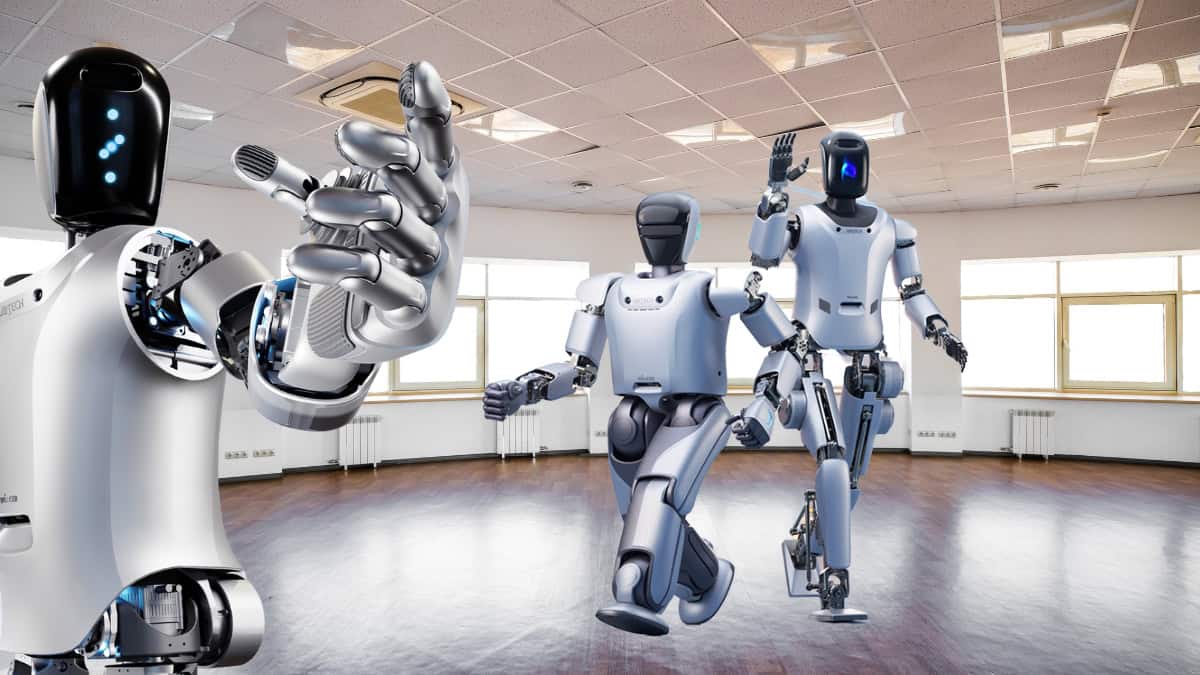Chinese robotics company UBTech plans to release a $20,000 household humanoid robot later this year. This robot will compete with Tesla’s Optimus in the growing home automation market.
The Shenzhen-based company is shifting from industrial robotics to consumer applications, targeting China’s rapidly aging population with its smart home companion robot. According to VnExpress, UBTech expects to ship around 1,000 units in 2025 and scale production tenfold by 2026.
Key Market Strategy and Positioning
UBTech’s move represents a significant strategic shift for the company, which previously focused on high-end industrial robotics costing around $100,000 each.
Michael Tam, Chief Brand Officer of UBTech, explained during the BEYOND Expo in Macau that “home companion robots are a bright spot in China, partly due to the growing need for elderly care“.
The Chinese government views robotics as a key component of workforce shortages, providing policy backing that could help UBTech secure funding and accelerate its development. This government support gives UBTech a potential advantage in the domestic market.
Direct Competition with Tesla Optimus
UBTech’s pricing is directly targeted at Tesla’s Optimus robot. CEO Elon Musk said it would be priced between $20,000 and $30,000 with production beginning in 2026. Tesla has been showcasing the Optimus performing household tasks like cooking, vacuuming, and cleaning through voice commands.
However, Tesla faces its own challenges with production timelines. The company initially announced ambitious goals of 5,000 Optimus robots in 2023, scaling to 50,000 in 2026 and 500,000 in 2027, but plans have shifted with commercial sales now delayed until 2026.
Financial Challenges
Despite ambitious plans, UBTech faces significant financial strain, losing over 1.1 billion yuan ($153 million) last year. The company’s stock has fallen by 45% over the past 12 months in Hong Kong. However, Tam welcomes the competition, stating that “white-hot competition creates a lot of pressure on a single company, but for the whole industry, it helps preserve good companies and eliminate bad ones“.
Both companies acknowledge that fully autonomous caregiving robots are still years away from reality. While promotional videos show impressive capabilities, experts note that the leap from pre-programmed actions to fully autonomous robots that adapt to their surroundings remains immense.

